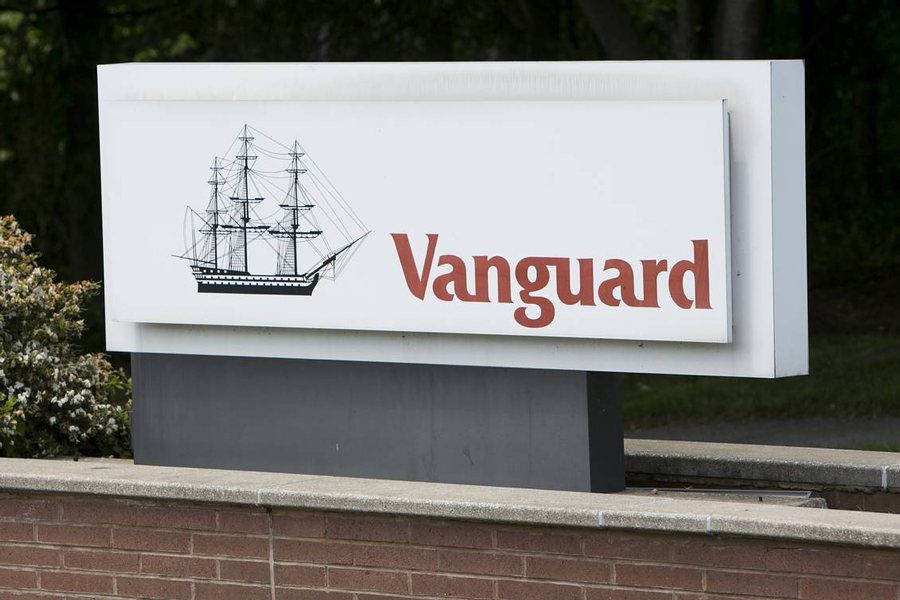

The upcoming launch of the Vanguard Ultra-Short Bond ETF isn’t just significant because it represents the $7.1 trillion asset manager’s first actively managed bond ETF. It also represents a disruptive new competitor in the area of cash-alternative ETFs.
The new fund, which is expected to be available within the next four months, is an ETF version of the $16.8 billion Vanguard Ultra-Short-Term Bond Admiral mutual fund (VUSFX), which launched in 2015.
“The active bond ETF is an alternative to money market funds that pays somewhat more yield, but is still pretty conservative,” said John Hollyer, Vanguard Group’s head of fixed income.
With bond yields hovering near historic lows and savers sometimes seeing negative returns on cash, Hollyer said the ETF version of the cash alternative strategy will meet a growing demand among financial advisers for ETF products.
“ETF have features beneficial to our clients beyond just being able to trade frequently,” he said, acknowledging the increased liquidity of an ETF as compared to a traditional mutual fund, which can only be traded at the end of each day.
“For many advisers, an ETF is a more efficient way to serve their ecosystem,” Hollyer added. “Some advisers are only using ETFs.”
Todd Rosenbluth, director of mutual fund and ETF research at CFRA, said Vanguard is tapping into a “highly popular” category “as investors seek cash-like equivalents with the benefits of liquidity and some income.”
Rosenbluth cited the $16.1 billion JPMorgan Ultra-Short Income ETF (JPST), the $3.1 billion Janus Henderson Short Duration Income ETF (VNLA) and the $14.6 billion Pimco Enhanced Short Maturity Active ETF (MINT) as examples of cash alternatives that are attracting assets.
“Vanguard’s larger ETF presence and strong brand with advisers should make this ETF popular out of the gate,” he added.
According to Bloomberg, at the end of 2020 the more than $76 billion invested in ultra-short fixed-income ETFs was more than double the $31 billion in the category at the end of 2017.
With an expense ratio of 10 basis points for the new ETF, which is the same as the mutual fund version, Vanguard is expected to gobble share from the popular competitors and could also force fees lower on the JPMorgan, Janus, and Pimco versions, which currently charge between 18 bps and 35 bps.
“Vanguard’s history of competitive active performance is enabled by rigorous fund oversight, access to a diverse roster of active management talent, and our ability to keep costs low,” said Kaitlyn Caughlin, head of Vanguard's portfolio review department.

Research reveals a 4% year-on-year increase in expenses that one in five Americans, including one-quarter of Gen Xers, say they have not planned for.

Raymond James also lured another ex-Edward Jones advisor in South Carolina, while LPL welcomed a mother-and-son team from Edward Jones and Thrivent.

MyVest and Vestmark have also unveiled strategic partnerships aimed at helping advisors and RIAs bring personalization to more clients.

Wealth management unit sees inflows of $23 billion.

Deal will give US investment bank a foothold in lucrative European market.
Orion's Tom Wilson on delivering coordinated, high-touch service in a world where returns alone no longer set you apart.
Barely a decade old, registered index-linked annuities have quickly surged in popularity, thanks to their unique blend of protection and growth potential—an appealing option for investors looking to chart a steadier course through today's choppy market waters, says Myles Lambert, Brighthouse Financial.
